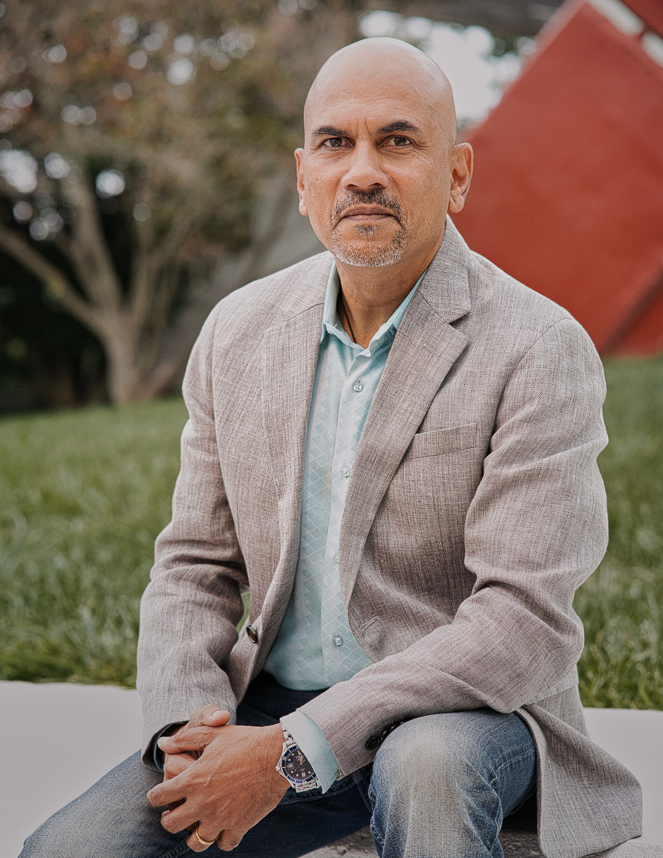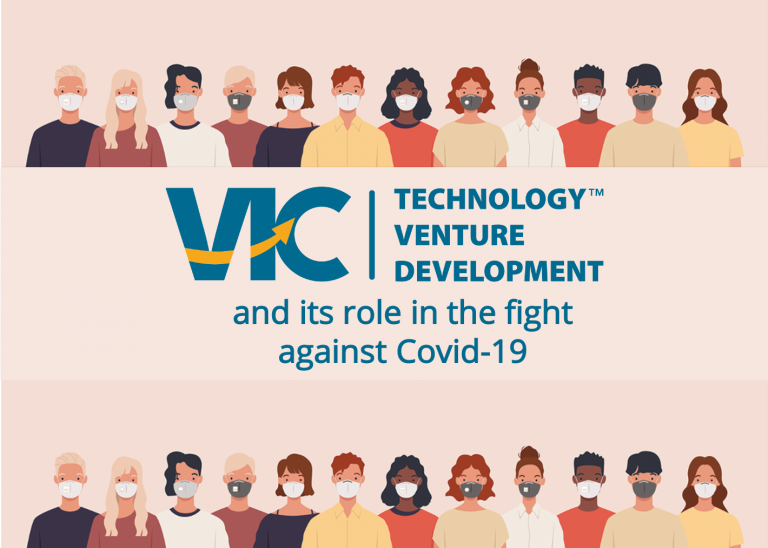
The NIH recently added close to 2,000 NIH technologies to seedsprint’s platform using an API that enables automated posting and updating. Those technologies come from a couple dozen plus of the institutes and centers (including the CDC) that make up the NIH.
We recently caught up with Ajoy Prabhu, Head of Tech Transfer Marketing for NIH, to find out how things work there and what kinds of challenges he and his team are working on.
seedsprint: Ajoy, how do you and your licensing officers manage the marketing for so many institutes and centers?
Ajoy: A few years ago, the NIH began operating tech transfer with a dual-function outreach process.
seedsprint: What does that mean and how does it work?
Ajoy: In [2016] we de-centralized the marketing for inventions from our 27 member institutes and centers, with each institute becoming responsible for marketing their own technologies on an individual basis—we refer to these as “case-by-case technology marketing.” Licensing managers of the respective institutes and centers work with PIs and other research personnel to execute marketing strategies for a specific patent family to potential licensees. Secondly, we at the central Office of Technology Transfer do market research for the various institutes and help them market closely-related technologies as a bundle.
seedsprint: So what does that mean for your office centrally?
Ajoy: Since our de-centralization, we’ve shifted our efforts to deliver three core services:
- market analysis and guidance,
- transaction support and
- marketing of technology bundles or clusters, often covering more than one institute.
In the first two cases, we provide market analytics and assessment to all offices via shared databases, internal newsletter-type communications, along with one-on-one consultations with licensing and research personnel from our member institutes and centers.
Transaction support can be pretty broad and ranges from helping with industry contacts and industry suggestions for potential licensees at the front-end to support on valuation and negotiation at the back-end.
The last piece—technology cluster marketing—relates to our business development directed to commercializing multiple, related technologies.
An example of this could be two or three patent families whose research might have cut across two or more institutes. For example, say a given biomarker and receptor pair have promising applications both in diagnostics and therapeutics. Furthermore, related IP includes composition-of-matter and process patents all of which related to that biomarker-receptor pair but involve three different NIH operating units.
To help find the highest and best value, you not only need an overview of what the individual portfolio components are and how they fit together, but you also need to be able to look at the global biopharma and diagnostics markets and access the right contacts.
The international thing might not seem like much of a problem because of how international things are on the research side and on the industry side for life science research tools, medical devices and therapeutics. Well, surprise: our scientists and researchers do come from all over and many are plugged in all over. However, the institutes and centers are not fundamentally marketing organizations—they are investigative teams and do an outstanding job at their research. The upshot is that my colleagues in clinical development might have great access to a regulator in France or Thailand, but it doesn’t mean they know which business development person to contact to tee it up with a licensing manager at NIH covering the technology. That’s our job—to identify and execute marketing strategies for technology clusters.
seedsprint: Okay but other big state university systems—as in California or Texas, for example—they see a lot of related emerging technologies from different campuses—how’s that different from the NIH?
Ajoy: That’s a really good question. There are differences of substance and form—and each is significant.
Here is one example: In a US multi-campus university setting, where several PIs have come up with complementary IP, there’s impetus often to help it coalesce into a company to be spun out, with PIs being at least advisors with an equity interest, or even key executives in NewCo. Not an option for us—federally-funded PIs can’t do that for historical and practical reasons. But forgetting the merits, what does it mean for us?
It means we need to look for potential partners that appreciate the prospects in the cluster—and critically, have the financial wherewithal to close a deal.
seedsprint: Sounds like a call-out to industry rather than VC.
Ajoy: Often, that’s the case. And, as you know, strategic partners have a somewhat different set of concerns from those of financial investors – even for VC with LT life-science plays.
seedsprint: But you’re the NIH—if you have something that makes sense, you call somebody up and they say “let me see what time the next plane to DC is.”
Ajoy: Would be nice, but I don’t live in that world. Industry is inundated with information from inventors. We don’t get extra credibility credits for being the NIH. I have the same problem my colleagues have at academic institutions. It’s all about “fit”, but to show the fit, we need to get their attention. Once that happens, it’s simply a question of how fast we can move to deep-dive.
So, even with the 360 degree-view that we have here at NIH OTT, along with the cooperation we get from our PIs, we in marketing continually face the problem of getting the message out quickly and briefly and the need to expand and refresh our network continuously.
seedsprint: Ajoy—sound like your office has a pretty decent view of the landscape. What would you like to see from industry colleagues—across the aisle?
Ajoy: Oh that’s easy two things: (1) quick responses, and (2) if a “no” is looking probable, then “why”.
seedsprint: Thanks so much for your time.
Ajoy: Sure – thanks for your interest in what we’re doing.



